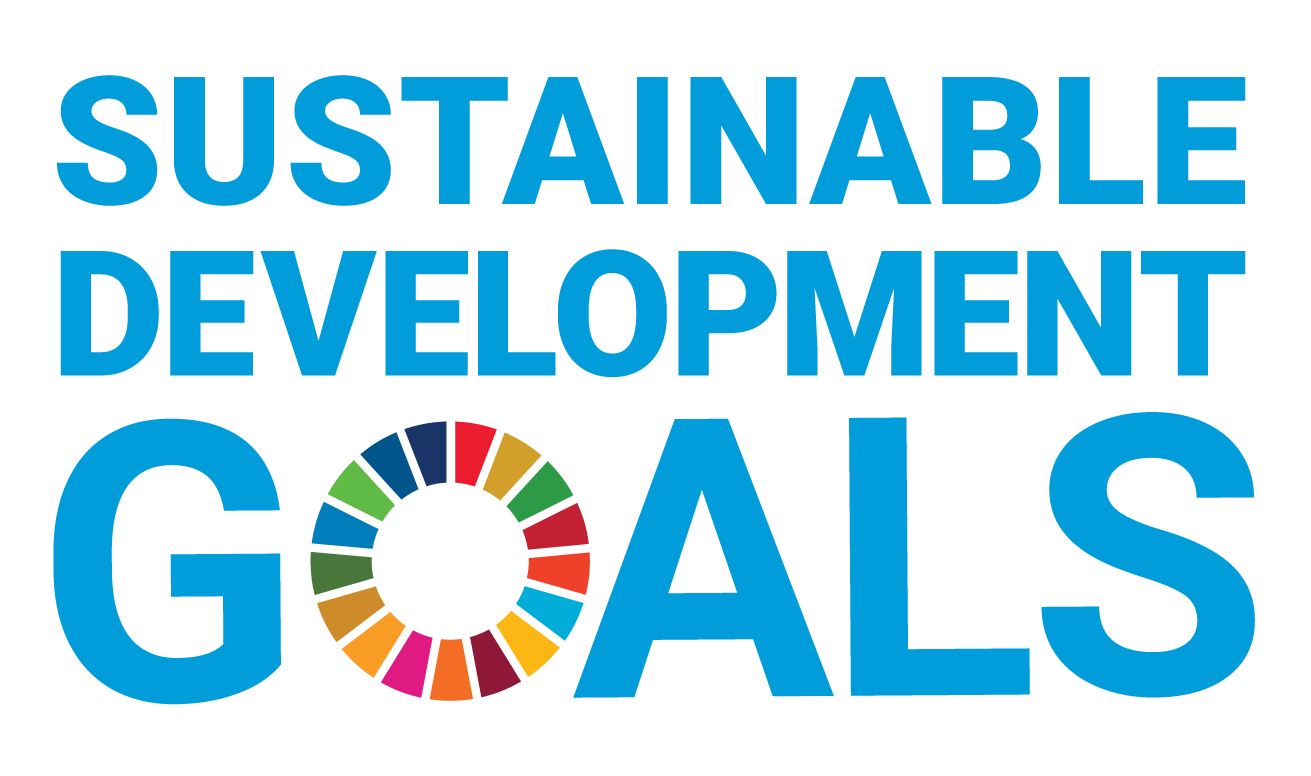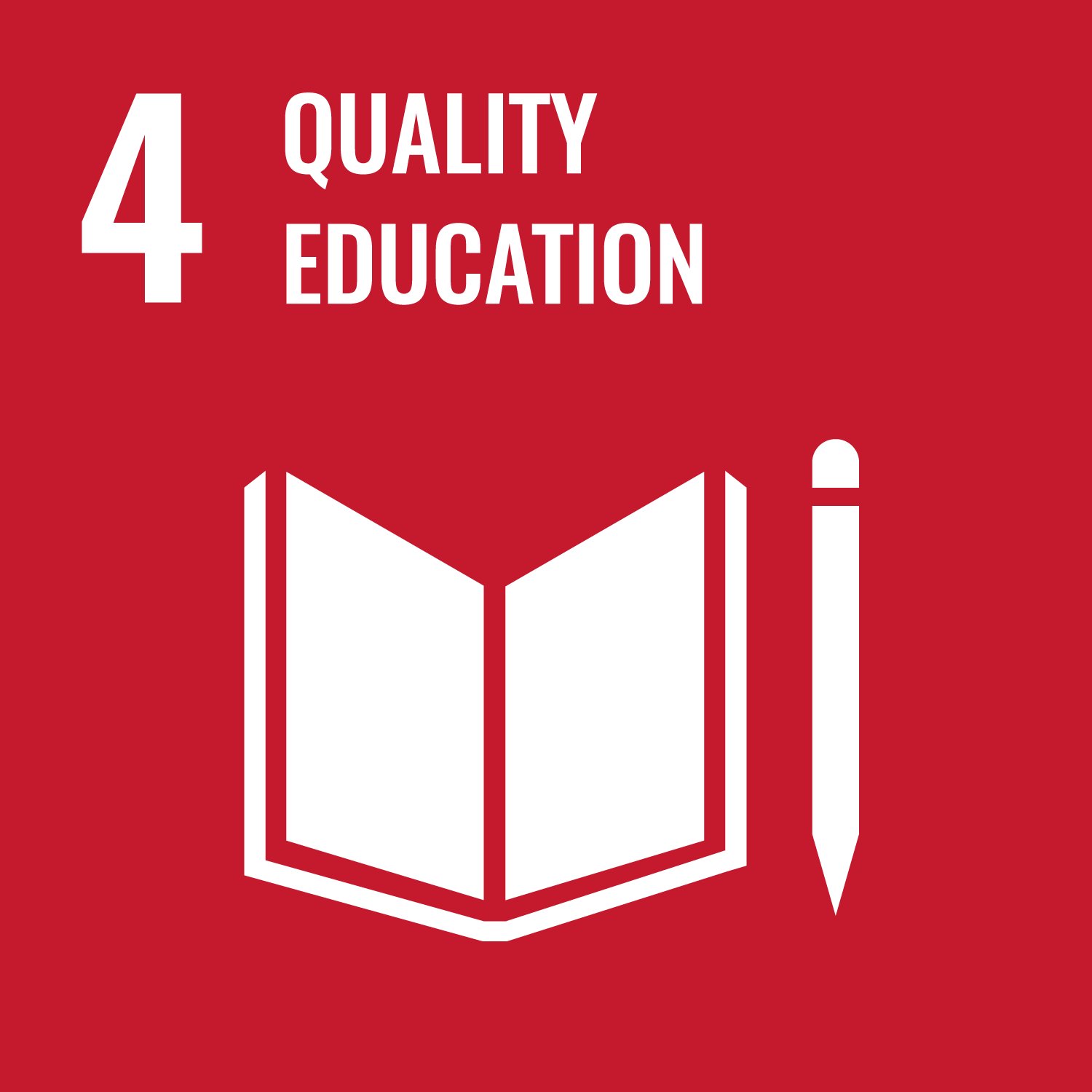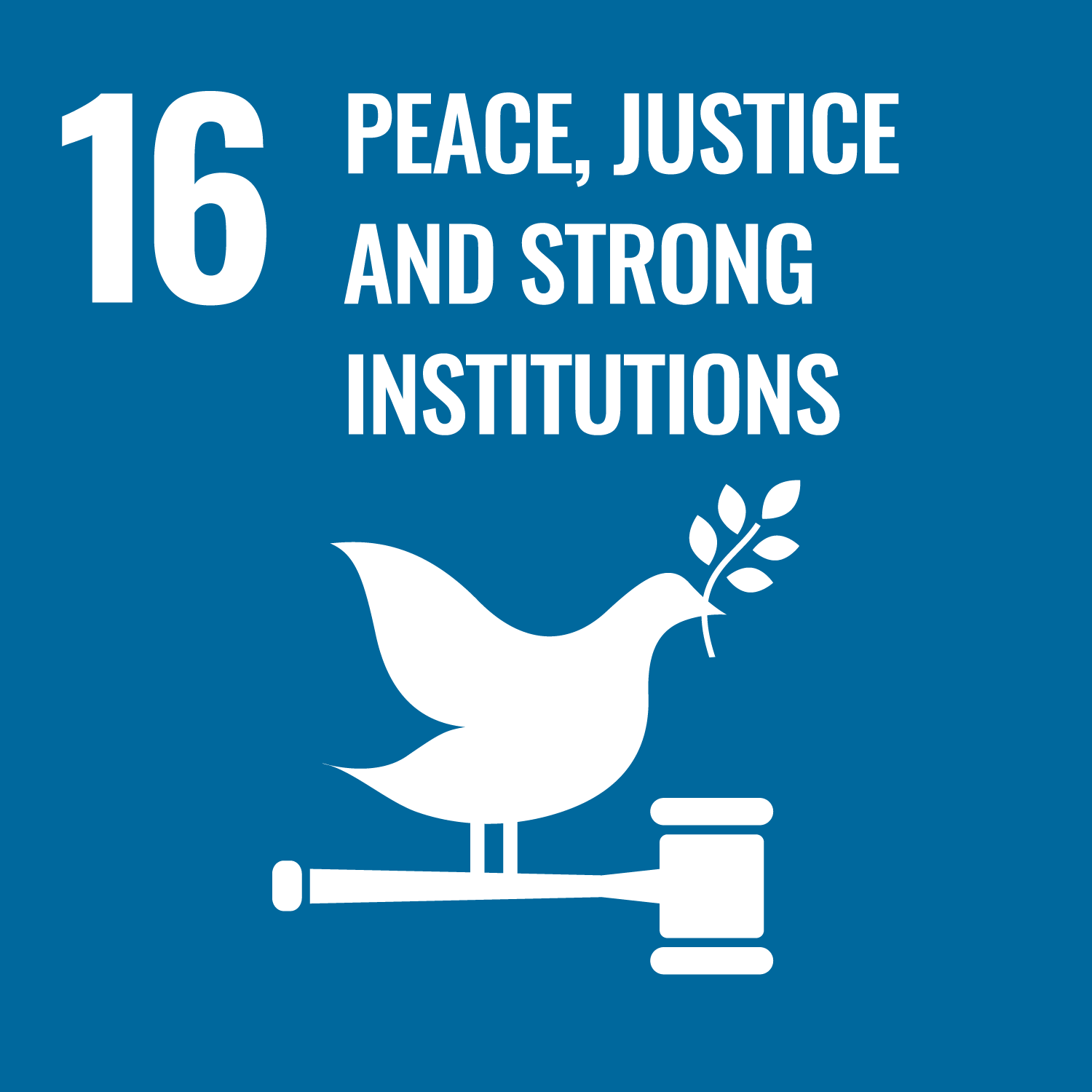Our Belief, Mission & Focus:
While several countries are working towards achieving the targets of the Sustainable Development Goals (SDGs) associated with maternal, newborn, and child mortality, women in many corners of the world still face life-threatening challenges simply because they are pregnant. WHO. In 2023 alone, over 700 women and girls died from complications of pregnancy, with those from the low and middle-income countries disproportionately high (WHO).
The challenges that women and girls face during pregnancy and childbirth are disheartening. Leading medical complications include hemorrhage, hypertensive disorders, infections, and obstructed labour, most of which are preventable. Additionally, social determinants of health highlight health inequalities such as, poor access to quality health services, low supply of commodities and health workforce and inadequate knowledge on reproductive health, are a huge contributing factor to poor maternal health outcomes. Most of them are embedded in the 3-DELAY model of adverse maternal outcomes, as this model outlines the time it takes for a pregnant woman to
- decide to seek care
- reach the healthcare facility, and
- receive care at a health facility.
(Mgawadere, F., Unkels, R., Kazembe, A. et al.)
Because every mother deserves a pleasant pregnancy experience and a chance to live a healthy life, it is important to address issues that contribute to poor maternal outcomes through
- quality health services,
- community engagement and
- awareness, especially in poor urban communities.
Tackling health inequalities should be prioritised through intersectoral policies that promote human rights, foster social determinants of health, and ensure universal access to health, highlighting the marginalised populations. Women are key players in economic growth within communities and serve as a pillar to achieving Universal Health Coverage (UHC) and Sustainable Development Goals (SDGs). At Urban Health 360, we believe no woman should have to risk her life to give life. We are committed to bridging the gaps that continue to fuel adverse maternal outcomes and to building a future where every mother, everywhere, has the chance to thrive.

























